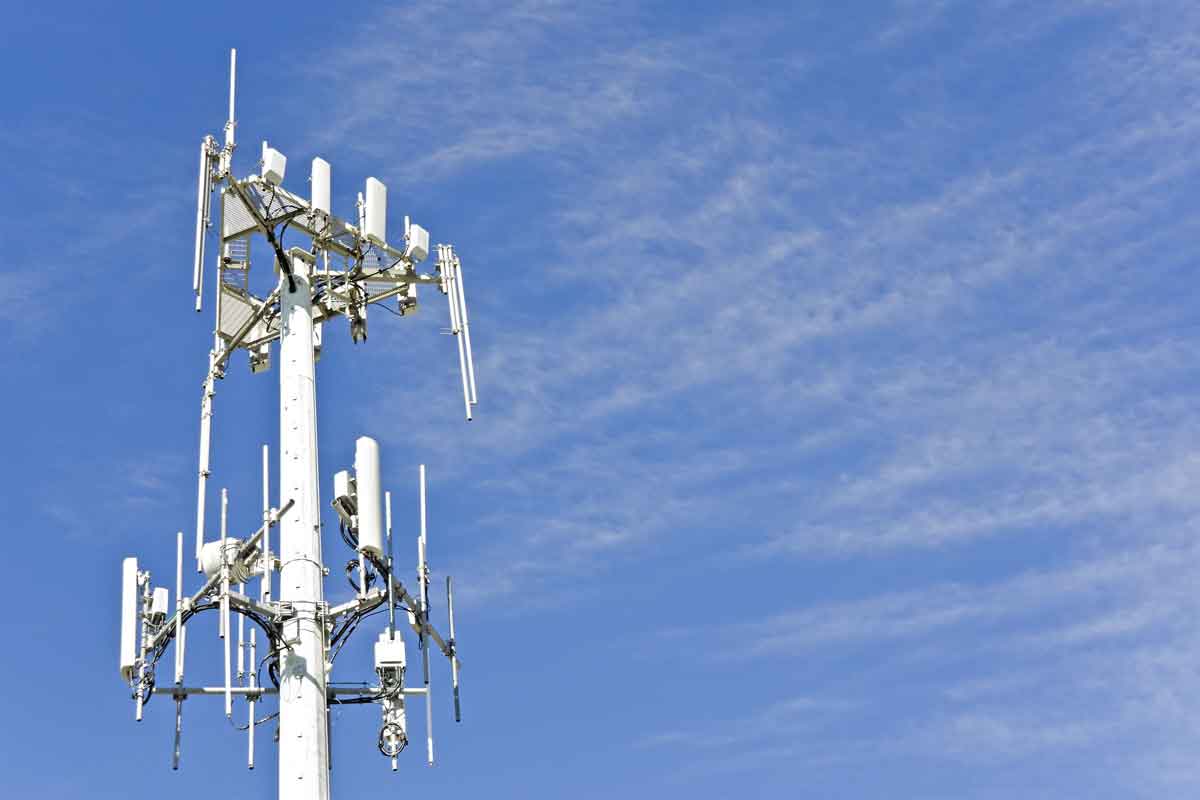If you've ever walked through a town and spotted tiny 5G cell towers placed on poles for street lighting. what is a safe distance from a 5g cell tower look like small boxes however they're actually sending wireless signals from cellular providers to your mobile.
They are replacing the larger specially-designed cell towers. While they're not as noticeable, they still can create issues for users.
A Federal Communications Commission's Radiation Exposure Thresholds
The FCC's Radiation Exposure Thresholds define the maximum amount of time one can expose to electromagnetic energy generated by wireless devices. The limits for exposure are based on scientific data which prove that electromagnetic energy can cause harm to health.
The absorption rate specific (SAR) is an indication of the radiofrequency energy that is absorption by tissues. It's typically 1.6 milliwatts per kilogram spread over a Gram of tissue.
But, since 5g operates at higher frequencies and has the potential to create more energy on the skin as well as other body areas. This could lead to a wide range of possible harms, such as an increase in the development of skin conditions like dermatitis, cancer of the skin and cataracts.
Due to the possible harmful effects of radiation from 5G, PSU has chosen to set a general localized limits on power density, which is 4mW/cm2 based on the average across 1 centimeter, and never exceeding 30 minutes for all 5G services at 3000 GHz. This localized limit is in accordance with the maximum SAR spatial-average of 1.6 W/kg averaged over 1 5 grams of body tissue, at 6 GHz.
The FCC's Maximum Exposure Thresholds

In the event that you've used cell phone, then you've probably realized that a safe distance from the tower should be at least 400 meters away. This is due to the transmitting power of a cell tower increases dramatically the further you are from it.
While this sounds like a good idea, the reality is that people living in close proximity to towers might be more susceptible to health problems. For instance, a study conducted in 2014 in India found that those who lived within 50 meters from cell towers suffered much more health problems than those who were away from the antennas.
This study found that people who moved to areas that were further from the cell towers saw their symptoms improve within a few days. Studies have also demonstrated that exposure to extreme frequencies of radiofrequency electromagnetic fields (EMFs) can cause cancer, brain tumors as well as other health issues.
This is due to the fact that the RF radiation used in wireless communication can penetrate the human body's outer layer, which is the skin. This is important to understand because the skin serves as a barrier to protect against injuries caused by mechanical forces, infections from pathogenic microorganisms, as well as entry of toxic substances. It is also the largest organ in the human body. It is accountable for keeping the integrity of other organs.
The FCC's Minimum Exposure Thresholds for the Minimum Exposure
The FCC's Minimum Exposure Thresholds rely on various assumptions that aren't supported by scientific research. These include the erroneous belief that exposures to RF radiation is safe due to the limited radiation penetration in the human body (i.e. thermal heating of tissue).
This also overlooks the deeper penetration of the ELF parts of the modulated RF signal, as well as the effect of short bursts of heat from pulsed RF waves. safe distance from cell tower do not correspond with current understanding of the biological effects of RF radiation, and thus, they should not be considered for health protection exposure standards.
Furthermore, the ICNIRP and FCC restrict their maximum exposure limits to local peak SARs that are based on the peak frequency of absorption (psSAR), which can be described as not a sufficient dosimetric tool to assess the amount of exposure to radiofrequency radiation. Particularly the psSAR tool is not accurate for frequencies above 6 GHz. Additionally, psSAR hasn't been evaluated for RF radiation with co-exposure to other agents of the environment such as sunlight. Interactions of RF radiation with other environmental agents could cause synergistic or antagonistic impacts. safe distance to live from cell phone tower would result in an increased risk of adverse health consequences. For instance, exposure to RF radiation and sunlight could cause an increase in the incidence of developing skin cancer, as well as aggravate other skin disorders, such as acne.
